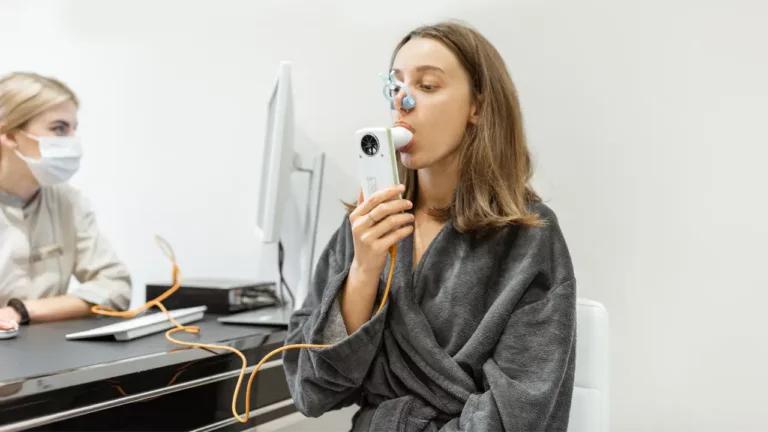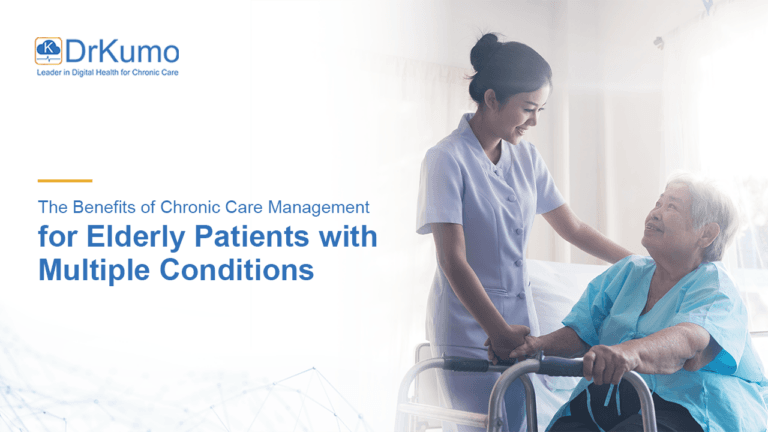Remote Patient Monitoring (RPM) started in the healthcare industry through telehealth. The role of telehealth and remote patient monitoring services were certainly appropriate in minimizing the danger of COVID-19 transmission. If telehealth became a powerful replacement for in-person services, RPM serves as a robust extension and augmentation to in-person and/or telehealth services. The awakening of Remote Patient Monitoring (RPM) is one of the amazing things that happened in caring for patients at home in the midst Covid-19 pandemic crisis. Since then, RPM became a household name. The use of RPM medical devices has helped manage patients with chronic conditions, as it basically allows monitoring patients right at the comfort of their homes. More quick facts are available in in our FAQ article.
Remote Patient Monitoring Reimbursement
The Centers for Medicare and Medicaid Services (CMS) introduced 5 Primary CPT codes to incentivize more clinicians to employ remote patient monitoring while increasing their revenue streams. There are five primary CPT Codes for the reimbursement of Remote Patient Monitoring: these are CPT Codes 99091, 99453, 99454, 99457 and 99458.
This article focuses on important points about CPT Codes 99453 and 99454. These CPT Codes involve the process of collection of data. The Service Codes for RPM are CPT codes 99453 and 99454. CPT Code 99453 is described as the initial set-up and provision of training or education to patients on how to use the medical device(s) while CPT Code 99454 may be utilized to report the supply of the medical device(s) for health data alert transmissions.
CPT Code 99453
The service code that covers the enrollment for RPM is reimbursable under CPT Code 99453. This code can only be billed once upon initial set-up. Healthcare providers may get reimbursement for the onboarding and education of patients; it includes the time spent with the patient or the primary caregiver in giving instructions about the medical device(s). The Centers for Medicare and Medicaid Services (CMS) doesn’t reimburse for the equipment but just the time involved within the set-up. The reimbursement for 99453 is completed only in one patient’s life cycle. It can’t be billed twice by using the same healthcare provider or National Provider Identifier (NPI) number.
Most patients are not tech savvy and this is because most patients are in their senior years and are having a difficult time using certain medical devices or navigating their mobile phones. CPT Code 99453 was designed to assist patients in getting educated on how to use these devices and compensate the healthcare provider or physician in furnishing these services to the patients. For example, the physician will call the patient and ask to visit the office for the training of medical device usage or the provider can visit the patient in their home. The value of 99453 is the time spent to educate these patients especially in handling the medical device.
CPT Code 99454
After the enrollment process of the patient to undergo RPM, the monthly service begins. This service code is reimbursable under CPT Code 99454; it is utilized to report the provision of the medical device(s) for health data and alert transmissions. This code is valued for the supply and programming of the medical device(s).
CMS’ clarifications on CPT Codes 99453 and 99454
Last January 19, 2021, CMS clarified that the RPM of a patient must consist of at least 16 days’ worth of data within 30 days. CMS also described the RPM process that begins with the two practice expense codes and can only be billed when at least 16 days of data have been collected on at least one medical device. As per CMS, these devices must meet the definition of a medical device. RPM can be given by healthcare providers and other qualified healthcare professionals may provide RPM. Under the general supervision of the billing provider, clinical staff can also perform the set-up and management of the RPM of the patient
The Service Codes 99453 and 99454 are used for remote physiologic monitoring services (e.g., weight, blood pressure and SPO2 saturation) during a 30-day period. If monitoring is less than 16 days the service codes cannot be reported to claim reimbursements because CMS is requiring at least 16 days within a 30-day period. This is important because RPM requires that the medical device automatically collects and transmit a patient’s physiologic data rather than patients self-reporting their health data. Also, CMS, confirmed that “practitioners may furnish RPM services to remotely collect and analyze physiological information from patients with acute conditions still as patients with chronic conditions.
Physician Fee Schedule for 99453 and 99454
Billed together, the reimbursement for CPT Code 99453 is $21 and for the CPT Code 99454, it’s $64. These numbers may vary slightly depending on where the service code is provided and billed. The service codes are used for remote physiologic monitoring services like, weight, blood pressure, and blood glucose level during a 30-day period. If monitoring is less than 16 days, these codes are not reported.
According to CMS, services elated with all the medical devices, even when multiple devices are provided per patient, just one practitioner can bill when at least 16 days of data have been collected per 30-day period.
For proper Medicare device billing, certified billing and coding professionals must always be consulted by the healthcare provide.
Takeaway
In the process of providing patients with RPM, these service codes will help improve the lives of many patients qualified for the RPM program. Thanks to RPM, home healthcare is reborn. Remote Patient Monitoring has created its mark in the lives of patients who experienced the power of this amazing technology. Now, because of the 2021 CMS final rule, even patients with acute conditions may use these healthcare advancements and its breakthrough. Home health care will never be the same again because of RPM. Additional information about related CPT codes are in the article Five Primary Medicare RPM CPT codes you should know in 2021.








